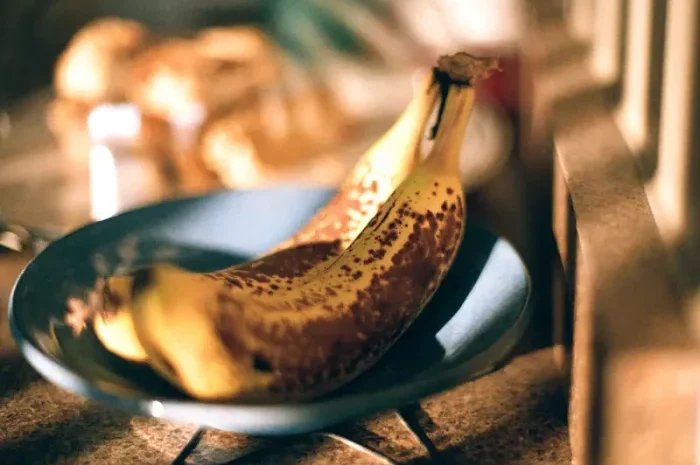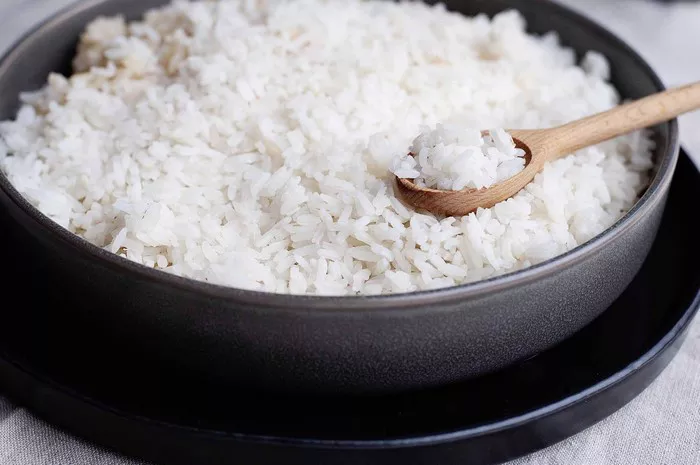Bananas are a popular fruit enjoyed by many due to their sweet taste and convenience. They are also rich in essential nutrients, including potassium, vitamin C, vitamin B6, and dietary fiber. However, for diabetic patients, dietary choices must be made carefully to maintain blood sugar levels. This article explores the suitability of ripe bananas in a diabetic diet, discussing their nutritional value, impact on blood sugar levels, and practical considerations for inclusion in a diabetes-friendly diet.
Understanding Diabetes and Carbohydrate Management
Diabetes is a chronic condition that affects how the body processes glucose, leading to elevated blood sugar levels. There are primarily two types of diabetes: Type 1 and Type 2.
Type 1 Diabetes: An autoimmune condition where the body does not produce insulin, a hormone essential for glucose uptake.
Type 2 Diabetes: A metabolic disorder characterized by insulin resistance, where the body’s cells do not respond effectively to insulin.
Both types of diabetes require careful management of carbohydrate intake, as carbohydrates directly influence blood sugar levels. This management involves monitoring the quantity and quality of carbohydrates consumed, including sugars and starches.
Nutritional Profile of Ripe Bananas
To evaluate whether ripe bananas are suitable for diabetic patients, it is essential to understand their nutritional composition. A medium-sized ripe banana (approximately 118 grams) typically contains:
- Calories: 105
- Carbohydrates: 27 grams
- Dietary Fiber: 3 grams
- Sugars: 14 grams
- Protein: 1.3 grams
- Fat: 0.3 grams
- Potassium: 422 mg
- Vitamin C: 10% of the Daily Value (DV)
- Vitamin B6: 20% of the DV
1. Carbohydrate Content
Ripe bananas have a moderate carbohydrate content, primarily composed of sugars (fructose, glucose, and sucrose) and dietary fiber. The glycemic index (GI) of bananas varies with ripeness. Ripe bananas tend to have a higher GI (around 51–55) than unripe bananas, which means they can raise blood sugar levels more quickly.
2. Fiber Content
The fiber in bananas can help regulate blood sugar levels by slowing the digestion and absorption of carbohydrates. Dietary fiber plays a crucial role in maintaining gut health and can improve overall glycemic control in individuals with diabetes.
3. Micronutrients
Bananas are a good source of several vitamins and minerals, particularly potassium. Potassium is essential for heart health, blood pressure regulation, and overall cellular function. The vitamin B6 content supports metabolism and brain health, while vitamin C provides antioxidant benefits.
The Glycemic Index and Glycemic Load
When considering the impact of ripe bananas on blood sugar levels, understanding the concepts of glycemic index (GI) and glycemic load (GL) is essential.
1. Glycemic Index (GI)
The glycemic index measures how quickly foods raise blood sugar levels compared to pure glucose. Foods with a low GI (55 or below) cause a gradual increase in blood sugar, while those with a high GI (above 70) lead to rapid spikes.
Ripe Bananas: GI of around 51–55.
Unripe Bananas: GI of around 30–40.
2. Glycemic Load (GL)
Glycemic load takes into account both the GI and the carbohydrate content of a food item, providing a more accurate picture of its potential impact on blood sugar. It is calculated as follows:
GL=(GI×Carbohydrate Content (g))/100\text{GL} = \left( \text{GI} \times \text{Carbohydrate Content (g)} \right) / 100
A glycemic load below 10 is considered low, while a GL of 10–20 is moderate. Therefore, ripe bananas have a moderate glycemic load, which means they can cause a noticeable increase in blood sugar but not as much as high-GL foods.
Can Diabetic Patients Eat Ripe Bananas?
The question of whether diabetic patients can eat ripe bananas does not have a straightforward answer. It largely depends on individual factors, including the person’s overall dietary pattern, blood sugar control, and personal preferences. Here are some important considerations:
1. Moderation is Key
Diabetic patients can enjoy ripe bananas in moderation as part of a balanced diet. Consuming one small to medium-sized ripe banana (approximately 100 grams) is generally acceptable. However, larger portions should be avoided, especially if blood sugar levels are not well-controlled.
2. Pairing with Other Foods
To minimize blood sugar spikes, it is beneficial to pair ripe bananas with other foods that contain protein or healthy fats. For example, combining a banana with nut butter or yogurt can slow down the absorption of sugars, leading to a more stable blood sugar response.
3. Timing and Context of Consumption
The timing of banana consumption can also affect blood sugar levels. Eating bananas as part of a meal rather than as a standalone snack can help mitigate blood sugar spikes. Additionally, monitoring blood sugar levels after consuming bananas can provide insights into individual responses.
4. Consideration of Total Carbohydrate Intake
When including ripe bananas in the diet, it is essential to consider total carbohydrate intake. Diabetic patients should aim for a consistent carbohydrate intake at each meal to maintain stable blood sugar levels. This may involve adjusting portion sizes or substituting other carbohydrate sources for the day.
Practical Tips for Including Ripe Bananas in a Diabetic Diet
If you’re a diabetic patient considering adding ripe bananas to your diet, here are some practical tips:
1. Monitor Your Blood Sugar Levels
Regularly check your blood sugar levels to understand how your body reacts to ripe bananas. This can help you make informed decisions about portion sizes and frequency of consumption.
2. Choose the Right Ripeness
Opt for ripe bananas, which contain more sugars, but keep in mind that less ripe bananas have a lower GI and may be a better option if you are concerned about blood sugar spikes.
3. Incorporate Bananas in Balanced Meals
Use bananas as an ingredient in balanced meals or snacks. For example, blend a banana into a smoothie with spinach and Greek yogurt or add slices to oatmeal or cereal.
4. Be Mindful of Portion Sizes
Stick to smaller portions, especially if you’re consuming other sources of carbohydrates in the same meal. A small banana is often enough to satisfy cravings without overwhelming your carbohydrate allowance.
5. Choose Whole Foods Over Processed
Incorporate whole bananas rather than processed banana products, such as banana chips or sugary banana-flavored snacks. Whole foods are generally more nutrient-dense and have less added sugar.
Potential Benefits of Bananas for Diabetic Patients
Despite the concerns surrounding carbohydrates and sugars in ripe bananas, there are several potential benefits to including them in a diabetic diet:
1. Nutrient Density
Ripe bananas provide essential vitamins and minerals that support overall health. Their potassium content can help regulate blood pressure, an important consideration for individuals with diabetes who are at higher risk for cardiovascular issues.
2. Satiety
The fiber content in bananas contributes to feelings of fullness, which can help control appetite and prevent overeating. This can be particularly beneficial for individuals managing their weight alongside diabetes.
3. Natural Energy Source
Bananas are a great source of quick energy, making them an excellent option for pre- or post-exercise snacks. The carbohydrates in bananas can replenish glycogen stores after physical activity.
Possible Risks of Consuming Ripe Bananas
While there are benefits, there are also risks associated with consuming ripe bananas, particularly for individuals with diabetes:
1. Blood Sugar Spikes
Ripe bananas can cause a more significant increase in blood sugar levels, especially if consumed in large portions. Monitoring blood sugar after consumption is crucial.
2. Overconsumption of Carbohydrates
Including too many bananas or other high-carb fruits can lead to an excessive carbohydrate intake, which may complicate blood sugar management.
3. Individual Variability
Each person with diabetes may respond differently to various foods. While some individuals may tolerate ripe bananas well, others may experience significant blood sugar fluctuations.
Conclusion
In conclusion, diabetic patients can enjoy ripe bananas as part of a balanced diet, but moderation is essential. The key to incorporating ripe bananas is understanding individual carbohydrate needs, monitoring blood sugar responses, and pairing them with other foods to minimize spikes in blood sugar levels.
Ripe bananas provide important nutrients and can be included as a natural and satisfying option within the context of a well-rounded diabetic diet. By focusing on portion control, timing, and the overall balance of foods consumed, individuals with diabetes can enjoy ripe bananas without compromising their health. Always consult with a healthcare provider or registered dietitian for personalized advice on managing diabetes through diet.
Related topics:
How Many Calories Should a Diabetic Eat in a Day?



























